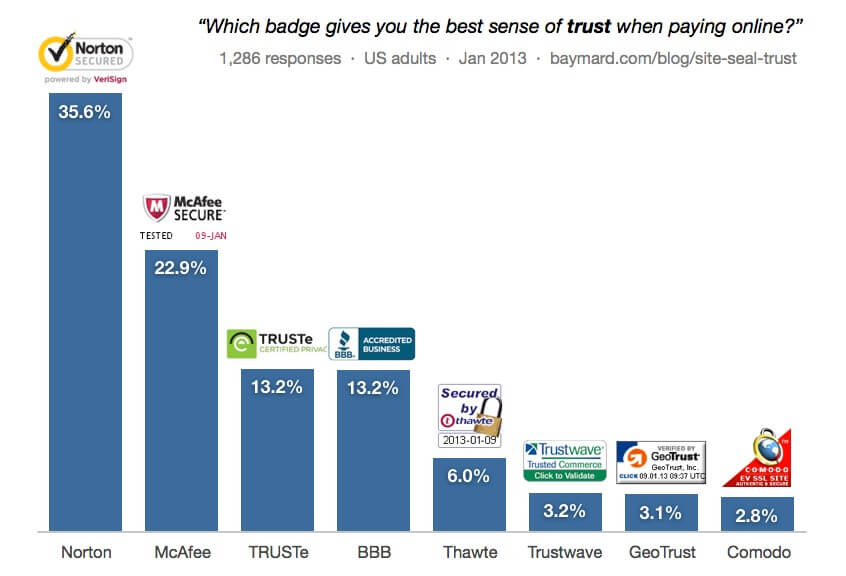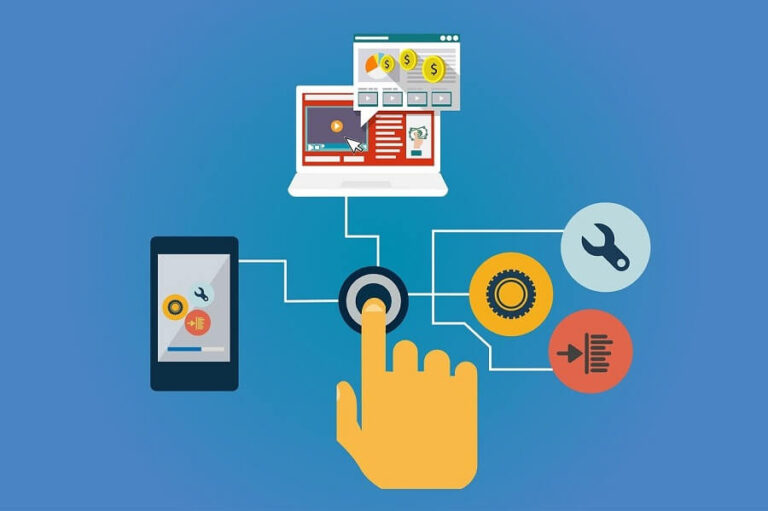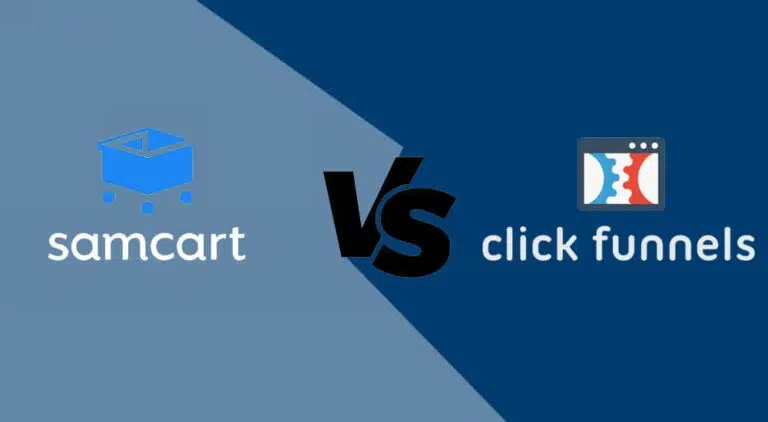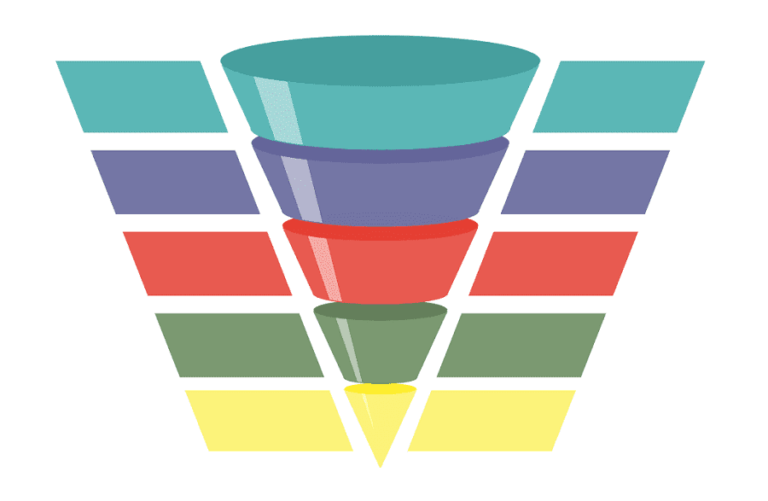This blog post will share 15 sales funnel mistakes you can avoid improving your sales funnel conversion.
The loss in the sales funnel is huge in online marketing. For example, say one thousand visitors visit your blog, twenty of which convert to subscribers, and out of these twenty subscribers, only one buys the product.
There is a conversion loss in each step of the sales funnel, so if you want to increase your revenue, you should improve and avoid sales funnel mistakes.
Many sales funnel mistakes are silly, costing you an inefficient lead collection and loss in revenue. Correcting most of these errors requires less effort, but the result can be huge.
There is no perfect sales funnel; everyone would use it if someone had found it. There is always a scope for improvement; even the most prominent organizations always test and improve their sales funnels to increase conversion.
Finding mistakes in your own sales funnel is difficult, especially when you are the one who developed it. I recommend you have it reviewed by friends or family members.
Sales Funnel Mistakes
In this blog post, I will list a few sales funnel mistakes. You can review, see if you are making mistakes, and take immediate corrective action.
Let’s get started.
1. Your Sales Funnel is Not Well Integrated
It will be a disaster if you email buyers about the same product they have bought. Sending irrelevant emails is also not the right strategy.
You cannot retarget these would-be buyers if you have a checkout page but don’t know how my visitors are abandoning the cart. You also do not understand how visitors are interacting with your site.
Likewise, there can be many issues related to integration with various sales funnel elements.
These issues occur because of not using a sales funnel software; instead, you rely on different plugins and services. For example, for email marketing, you are using MailerLite, hosting a webinar, using Demio, etc.
You also use different products to collect leads, sell products, etc.
Using different service providers for every element of the sales funnel affects integration and costs you time and money.
The solution is easy: Use a sales funnel software platform like Kartra, Systeme.io, or GrooveFunnels.
These platforms give you everything you need to build a well-integrated sales funnel.
It is a beginner-friendly sales funnel platform, and you can build your sales funnel using their “Done For You” campaign within minutes.
2. You Are Selling Features, Not Benefits
Many times I see brands boast about themselves and their product. Their landing page is full of features about their product’s greatness.
Don’t do this. Understand your customers’ pain points and explain how your product can solve their problems. Show them the benefits of using your products, not features.
For example, if you sell a question bank for an exam, don’t focus on features like how many questions it has, how you have developed it, etc.
I am not saying that you should not mention the product’s features on your landing page; you must cite them so they can understand your product.
However, you must focus on the product’s benefits.
For example, you can say that your question bank will help them fill their knowledge gaps, strengthen their weak spots, elevate their confidence, etc.
Review the content on your landing pages and make amendments if needed.
3. You are Diverting Traffic to Your Homepage
You are writing guest posts, running campaigns on social media, and sharing links with friends. However, you put all your effort into sending traffic to your homepage.
This is the wrong approach.
You should have a specific landing page for one particular purpose. If you want to collect a lead, design a landing page with an opt-in form. Let a visitor subscribe to your mailing list, and you can send them the lead magnet.
For product promotion, divert traffic to the product landing page.
If you are promoting a product, divert traffic to a review post.
You should not always target your homepage in all campaigns.
4. You Are Not Nurturing Your Leads
After getting new subscribers, many marketers send a few sales emails. If the lead converts, it is okay; otherwise, they forget this lead and start looking for new leads. They don’t nurture the leads.
This is, again, the wrong approach. Many surveys say that only 2% of conversions happen with two follow-ups, but 80% convert after five follow-ups.
You must nurture your leads. Send them informational emails, educate them, and explain their pain points, as the product owner, you understand the problem well.
Gain their trust and show how your product can solve their problem. Once your audience starts trusting you, they will convert.
5. Sending Manual Emails
This is not very common, but still, a few bloggers send manual emails to their subscribers. They have fewer subscribers and find it easy to manage them manually. They want to avoid handling technical issues in email management.
You should not do this. You might have a few subscribers today, but you may have a massive list in the future, and you cannot manage them manually. Start using one now if you are not using an email marketing service.
I recommend you subscribe to MailerLite. It is a beginner-friendly email marketing service. You can use it for free until you cross 1,000 subscribers, and even after 1,000 subscribers, its plans are budget-friendly.
These days email marketing services have made it easy to do email marketing with no technical knowledge, even if you are a beginner. Subscribe to a professional email marketing service and create automation to nurture your audience.
6. Weak Call to Action
Embedding an opt-in form on your site and asking visitors to subscribe is a weak call to action. No one will subscribe to your mailing list unless you are famous enough to motivate visitors to become subscribers.
A lead magnet is a good motivator.
Use different opt-in forms (embedded form, exit-intent form, etc.), and use a strong call to action. A strong call to action brings a sense of urgency, gives direct instruction, and is actionable.
7. Not Paying Attention to Your Stats
We all are obsessive about our website stats.
Most bloggers focus on page views, bounce rate, average time, etc. These data are essential, but we don’t know how to use it to increase the conversion rate. You should be able to see the data and understand the pattern.
Try to understand the following:
- Shopping behavior analysis
- Checkout behavior
- Conversion rate
- Bounce rate
- And more
Understand what is working for you.
Google Analytics gives you all the data you need but will not tell you what to do with it. You are responsible for analyzing these data and taking corrective action to improve your conversion.
Use heat maps to understand how visitors are interacting with your landing pages. These heat maps will show where users click, how much they scroll, etc.
Armed with this information, you can improve your page performance.
8. Your Checkout is not Optimized
While purchasing online, I notice how un-optimized the checkout page is for many sites. Even for digital products, they want my complete address and billing address. Sometimes they ask about my job, role, and how many employees work in my organization.
Sometimes, only credit card payment is an option with no PayPal and other times, I must pay with PayPal and cannot use credit cards.
All these are obstacles, and you should avoid them.
Don’t ask for unnecessary information. I like the Gumroad checkout. It only asks for an email ID; you can pay with a credit card or PayPal. It has the most straightforward payment gateway. Your ideal payment should be like this. Don’t ask for a complete home address unless your product requires shipping.
Many buyers are not comfortable giving credit card info, but they are pleased with PayPal.
Likewise, many buyers may not have a PayPal account and will pay through credit cards. Let the buyer decide how they want to pay you. Do not force your choice on your audience.
Add a trust symbol on your checkout page. A trusted symbol is an authorized image by a trustable brand that communicates to buyers that their information is safe. An example of a trust symbol is Norton’s “secured” badge.
Research by Baymard Institute shows that consumers prefer trust symbols. Norton and McAfee trust seals are at the top.

9. You Don’t Have a Thank-You page
You might not understand the significance of a thank you page, but it is enormous. If someone buys from you, you must say thank you.
On your thank-you page, you can explain whether the product will be delivered via email or by logging in to the site and downloading it.
Since they have already converted, you can offer a discount for another product, provide training or let them join your webinar.
The thank you page is not just a thank you page; it is an essential part of your sales funnel.
10. Not Split Testing Your Landing Pages
Those days are gone when you have one landing page for months; campaigners run many campaigns such as Google ads, Facebook ads, content marketing, etc.
These campaigns send different audiences to your page; therefore, they design separate landing pages for these targeted audiences, yielding an excellent result.
These days, sales funnel platforms are very advanced, and you can create different page variations and divert traffic.
You can create two or more variations of a landing page and test which one performs better. You can test the button’s color, text for the call to action, copy the content, etc.
11. You Start Selling the Product from the First Email
Newbie bloggers make this mistake. The moment they get new subscribers, they start sending promotional emails.
This is the wrong approach. No one will buy from you unless you are a famous brand and have a well-established product. You need to build this trust first, and then you should sell them.
The first email to your subscribers must welcome them, introduce yourself, and tell them what will happen next. Set their expectations. Tell them you will send them an informational email, and occasionally they will receive your product update emails.
This will help increase engagement with your list.
12. You are Not Pitching For Your Product
Many bloggers hesitate to send sales emails. They are afraid of appearing salesy. There is nothing wrong with sending sales emails if your product helps solve their problem. Your audience will appreciate you and can become your brand ambassador.
Remember, you asked your visitors to subscribe so you can sell them at later stages. If you are not selling, you have wasted your effort in collecting leads. If you do not sell them, someone else will, and you will lose business.
Don’t be afraid of selling your product.
13. You Focus on a Single Purchase
Do not consider a single purchase as the end of the sales funnel. This is a big mistake. Many studies show that existing buyers are more easily convinced than getting new customers.
Make your existing customer your lifelong customer.
An excellent product and friendly support help keep your customers loyal to you. Customer satisfaction is essential. If they are not happy with your product or support, they will not stick with you.
14. You are Targeting the Wrong Audience
You get good traffic, yet conversion is poor, so you target the wrong audience.
In this case, you must review your content marketing strategy and align it with your business goals. Getting traffic for the sake of traffic wastes your effort and resources.
15. No Social Proof
If you don’t have a social media presence, it will affect your conversion. These days the audience is smart. Before making any purchase, they look for your reputation, followers, and presence on social media. They make sure that you’re reputable and approachable.
You must have a social media presence, an About page, and a Contact Us page on your site.
Summary
A sales funnel is a tool that helps you collect leads, nurture them, and then convert them into customers. No sales funnel is perfect, and you will never have one that is. You must develop a sales funnel and avoid the mistakes I mentioned in this blog post and test.
Improving your sales funnel is a continuous job, and you must monitor the performance around the clock. A well-optimized sales funnel is your business’s core; without it, you will not achieve your business objectives.
Did you find any mistakes in your sales funnel? Please share it in the comments section.




